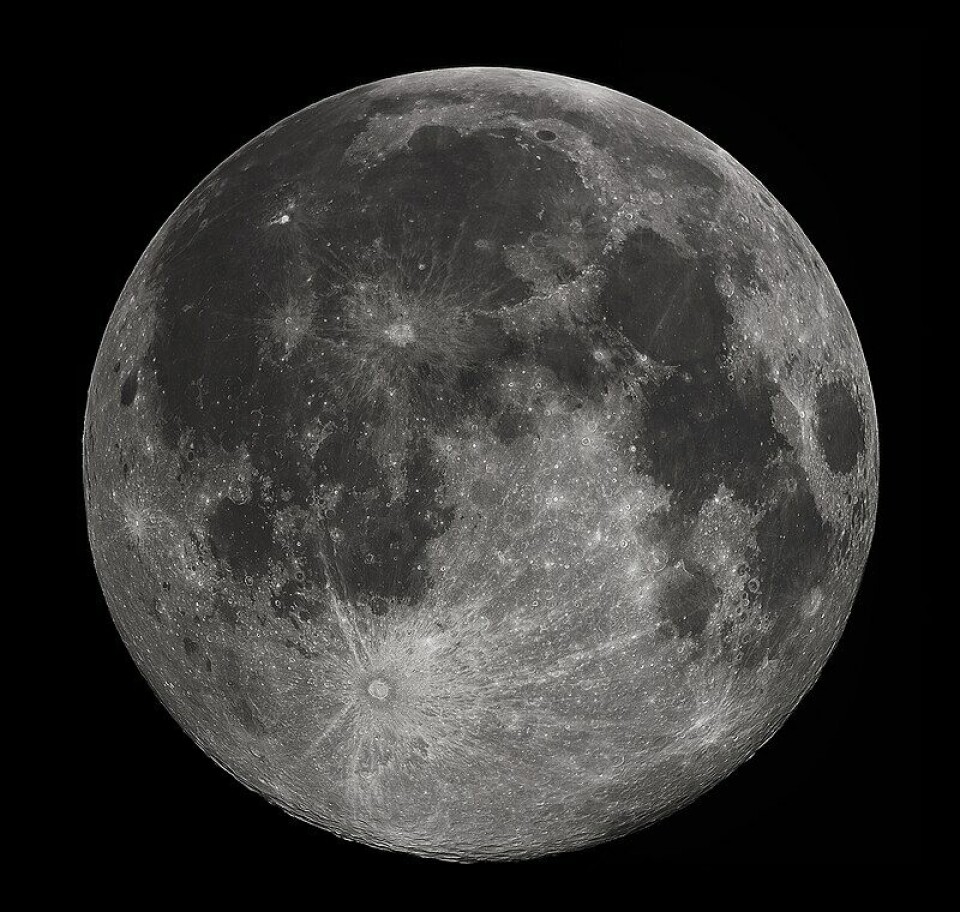
Is it possible that volcanoes existed on the Moon far later than previously believed?
New samples from the Moon’s surface may suggest so.
“Beautiful, beautiful. Magnificent desolation,” astronaut Buzz Aldrin famously said when he first stepped onto the Moon’s surface in 1969.
The Moon is indeed largely barren, with craters and vast grey plains.
Massive volcanic eruptions created the Moon’s large, dark plains of basalt rock.
These eruptions were so intense that the Moon may have developed an atmosphere from volcanic gases, according to this 2017 study. The atmosphere could have been even thicker than the one found on Mars.
Volcanic activity began about 4.4 billion years ago. For nearly one and a half billion years, there were continuous, large-scale volcanic eruptions.
NASA reports that the last major volcanic activity ceased roughly one billion years ago.
But could this have happened more recently?
Evidence of more recent eruptions
Something must have fueled these volcanoes, and billions of years ago, the moon’s interior was still very hot. The heat may have come from radioactive elements within the Moon, as described in this 2006 study.
But when exactly did the moon’s interior stop moving? It’s possible that volcanic eruptions occurred much more recently, at least in geological terms.
New research claims to have found evidence of volcanic eruptions as recent as 120 million years ago – but how can researchers tell?

Glass beads?
The sample comes from the Chinese lunar lander Chang'e-5, a mission that brought back about 1.7 kilograms of lunar rock to Earth.
In 2023, international researchers were granted access to these samples, according to space.com.
One of the studies, detailed in a research article in Science, involved American and Chinese researchers searching for microscopic traces of volcanic activity.
They believe they have found such evidence: Thousands of tiny glass beads were included in the sample from the Chang'e-5 mission.
Most of these beads are classified as impact glass, which forms when a meteor strikes the Moon, melting surface dust upon impact, according to this 2023 study.
But a few of the beads have a different chemical signature, suggesting they were formed by volcanic eruptions. This is supported by the presence of sulphur isotopes and the chemical makeup of the beads.
Distinguishing between the different types of glass is challenging, the researchers note.
Still, using small amounts of radioactive substances trapped within the beads, they estimate that a volcanic eruption occurred on the Moon around 120 million years ago.
This is billions of years after it was thought that the Moon’s volcanoes had stopped spewing lava.

Even more recent times
This is not the first time traces of young volcanism have been found on the Moon. In 2014, a NASA study reported finding evidence of volcanism on the Moon using the lunar satellite LRO.
New fields, less than 500 metres in diameter, were photographed and measured by the satellite. Geological signs suggest that these volcanic fields are relatively recent.
However, many uncertainties remain. One big question is why volcanoes would still be active on the Moon today. Where would the heat come from?
If there was indeed more recent volcanic activity, researchers suggest it could be due to pockets of radioactive elements.
These elements, known as KREEP (an acronym for certain minerals and elements), include radioactive potassium, thorium, uranium, and others.
It is possible that small pockets of these substances create hotspots deep within the Moon, generating enough heat to melt rock into magma, which could then rise to the surface.
No one knows for sure what’s happening here, but it is likely that more will be revealed as new missions continue to explore the Moon.
———
Translated by Alette Bjordal Gjellesvik
Read the Norwegian version of this article on forskning.no
Reference:
Wang et al. 'Returned samples indicate volcanism on the Moon 120 million years ago', Science, 2024. DOI: 10.1126/science.adk6635 (Abstract)






































